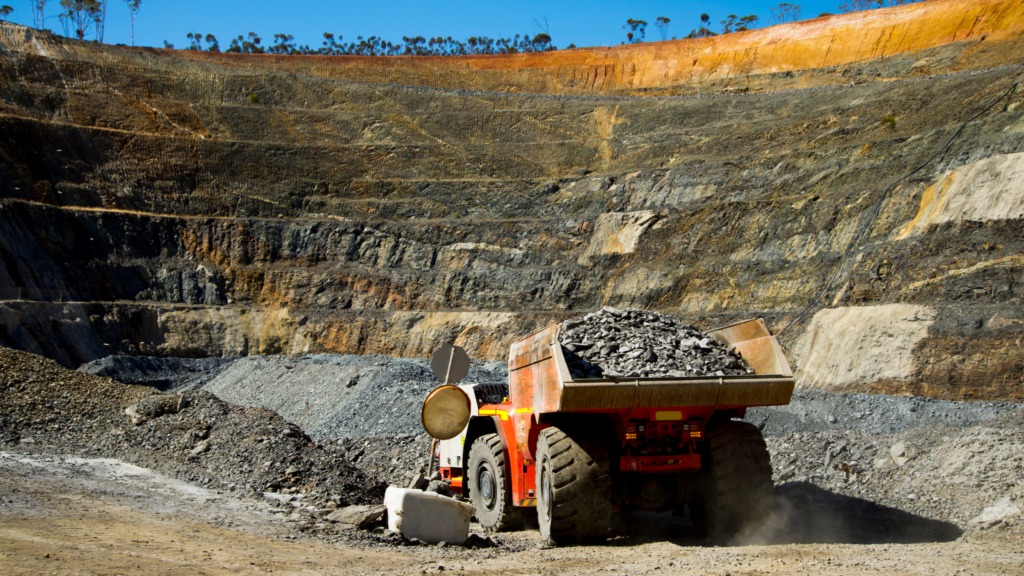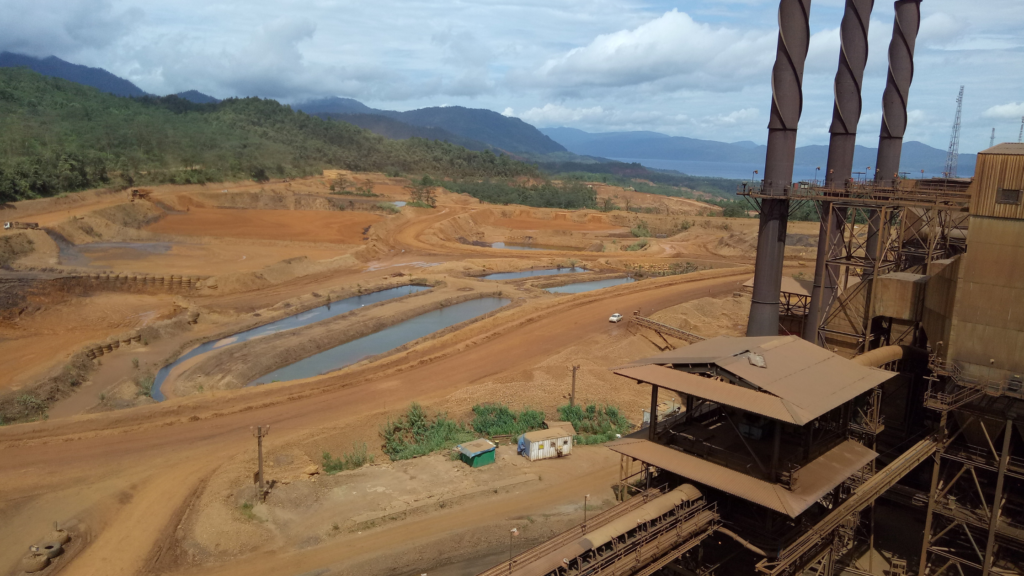Table of Contents
The global energy landscape is rapidly changing as nations around the world commit to reducing carbon emissions and transitioning towards greener, more sustainable energy sources. This shift is driven by the urgent need to combat climate change, meet international climate goals, and reduce dependence on fossil fuels. As a result, traditional energy sources like coal and emerging critical minerals such as nickel are evolving to adapt to this new energy paradigm.
This article explores how coal and nickel, two of the most significant commodities in the energy sector, are navigating the global energy transition. We will discuss their respective roles, current trends, and opportunities, as well as their importance in supporting renewable energy technologies.
The Role of Coal in the Global Energy Transition
Coal’s Traditional Role in Energy Production
Coal has been a cornerstone of global energy production for centuries. It powered the Industrial Revolution and has been a primary source of electricity generation for many countries. In 2020, coal accounted for about 27% of the world’s energy production, providing a cheap and reliable source of energy, especially in developing nations.
However, the environmental impacts of coal mining and combustion, such as high carbon emissions, air pollution, and habitat destruction, have made it a major target in the fight against climate change. As the world shifts towards renewable energy, coal’s future appears uncertain, with many countries pledging to phase out its use in favor of cleaner alternatives.
Declining Demand for Coal
In the wake of climate change concerns and international agreements such as the Paris Agreement, coal consumption is on the decline. Major economies, including the United States, the European Union, and China, are increasingly adopting renewable energy sources like solar, wind, and hydropower, which are seen as key components in achieving net-zero emissions.
Countries like Germany and the UK have set timelines for the closure of coal plants, while even coal-reliant nations like China and India are expanding their renewable energy capacity. As a result, the global demand for coal is expected to decrease over the coming decades.
The Shift to Cleaner Coal Technologies
Despite the declining demand, coal is unlikely to disappear entirely in the near future. In certain parts of the world, coal remains an important source of energy, particularly in regions where renewable energy infrastructure is underdeveloped. To balance economic and environmental goals, some countries are turning to cleaner coal technologies, such as carbon capture and storage (CCS) and high-efficiency, low-emissions (HELE) technologies.
CCS technology allows for the capture of up to 90% of the carbon dioxide emissions produced by coal plants, preventing them from being released into the atmosphere. Meanwhile, HELE technologies focus on improving the efficiency of coal combustion, thereby reducing emissions per unit of energy produced. While these technologies offer a potential lifeline for coal, they are expensive and have yet to be widely implemented at scale.
Coal’s Role in Developing Economies
For many developing nations, coal remains a critical energy source due to its affordability and abundance. Countries in Asia and Africa, in particular, continue to rely on coal to meet growing energy demands as they industrialize. In these regions, balancing economic development with environmental sustainability poses a significant challenge.
In the short to medium term, coal will likely remain a part of the energy mix in these developing economies, but the pressure to adopt cleaner energy solutions will increase as renewable technologies become more cost-competitive and accessible.
The Role of Nickel in the Global Energy Transition
Nickel: A Key Component in Clean Energy Technologies
While coal’s role in energy production may be diminishing, nickel is emerging as a critical mineral in the global energy transition, particularly due to its essential role in clean energy technologies. Nickel is a key component in the production of lithium-ion batteries, which are used in electric vehicles (EVs) and renewable energy storage systems.
With the global shift toward electrification and decarbonization, the demand for nickel is skyrocketing. As countries phase out fossil fuel-powered vehicles and adopt EVs to reduce carbon emissions, nickel’s importance in the global economy is set to grow exponentially.

The Growing Demand for Nickel in Electric Vehicles (EVs)
One of the main drivers of the rising demand for nickel is the electric vehicle revolution. Lithium-ion batteries used in EVs require high-purity nickel to increase energy density and improve battery life. As the EV market continues to expand, the need for nickel will rise sharply.
By 2030, it is estimated that 30% of all vehicles sold globally will be electric, up from just 8.6% in 2021. This surge in EV production is expected to lead to a significant increase in nickel demand, with some estimates suggesting that the battery sector could account for 40% of total nickel demand by the end of the decade.
Nickel’s Role in Energy Storage Systems
In addition to electric vehicles, nickel plays a vital role in renewable energy storage systems. As solar and wind power become more prevalent, efficient energy storage is critical to address the intermittency of these energy sources. High-performance batteries, which require significant amounts of nickel, are essential for storing excess renewable energy and ensuring a stable power supply when the sun isn’t shining, or the wind isn’t blowing.
Nickel’s versatility makes it a crucial material not only for the electrification of transportation but also for enhancing the reliability of renewable energy grids worldwide.
Sustainable Nickel Mining and Production
As demand for nickel rises, so does the need for sustainable and responsible mining practices. Nickel mining has historically been associated with significant environmental and social challenges, including deforestation, pollution, and impacts on local communities. However, as the world becomes more environmentally conscious, there is growing pressure on the nickel industry to adopt more sustainable practices.
Leading nickel producers are increasingly focusing on minimizing the environmental impact of nickel mining by investing in cleaner production technologies, reducing waste, and ensuring proper land rehabilitation. Some companies are also exploring the use of low-carbon technologies in nickel extraction, such as hydrometallurgy, which generates fewer emissions compared to traditional smelting processes.
The Geopolitical Importance of Nickel
Nickel is a strategically important mineral, with countries like Indonesia, the Philippines, and Russia being the world’s leading producers. As demand for nickel increases, these countries are likely to play an even more significant role in the global energy transition. Indonesia, in particular, has positioned itself as a major player in the nickel market, leveraging its vast nickel reserves to attract investment in battery manufacturing and other clean energy technologies.
Countries that dominate nickel production will hold key advantages in the green energy economy, making geopolitical considerations increasingly important in the global scramble for critical minerals like nickel.
Opportunities and Challenges for Coal and Nickel in the Energy Transition
Opportunities for Nickel in the Green Economy
The global push toward decarbonization offers numerous opportunities for nickel. With the electrification of transport and the rise of renewable energy storage, nickel producers stand to benefit from sustained demand growth over the next several decades. Investments in nickel mining, processing, and recycling will be essential to meet the growing needs of the clean energy sector.
Moreover, advancements in battery technology could further boost nickel demand as companies work to develop longer-lasting, more efficient batteries that rely heavily on high-grade nickel.
Challenges for Coal in a Low-Carbon Future
In contrast, coal faces significant challenges in the low-carbon future. The declining demand for coal, coupled with increasing regulatory pressure and the rise of cheaper renewable alternatives, presents a difficult road ahead for the coal industry. Companies that rely on coal production will need to diversify their portfolios and explore investments in cleaner energy sources or risk becoming obsolete in the global energy market.
However, for regions where coal remains critical, there may still be room for coal in the near term through investments in cleaner technologies like carbon capture and storage, though the high costs and limited deployment of these technologies remain significant obstacles.

The Future Outlook for Coal and Nickel
The future of coal and nickel in the global energy transition is shaped by their respective roles in supporting or impeding the shift to renewable energy. While coal is facing a gradual decline as countries seek to reduce their carbon footprints, nickel is on the rise, driven by its indispensable role in electric vehicles and energy storage systems.
Nickel’s future is bright, with opportunities for growth in the clean energy economy, but it will require sustainable mining practices to ensure that increased production does not come at the expense of environmental degradation. On the other hand, coal’s future is more uncertain, with only a limited role to play in the energy transition, unless significant technological advancements can make cleaner coal economically viable.
Conclusion
The global energy transition is reshaping the role of key commodities like coal and nickel. While coal’s future looks increasingly limited in a world moving towards low-carbon energy, nickel is set to play a pivotal role in the green economy, particularly in the electrification of transportation and the development of renewable energy storage systems.
As the world embraces cleaner energy technologies, the commodities that power the future will not only be judged by their availability and economic value but also by their sustainability and environmental impact.


